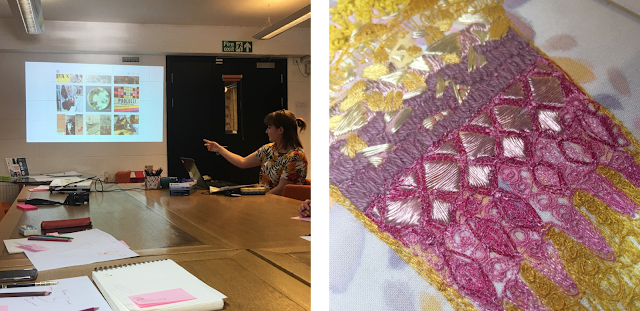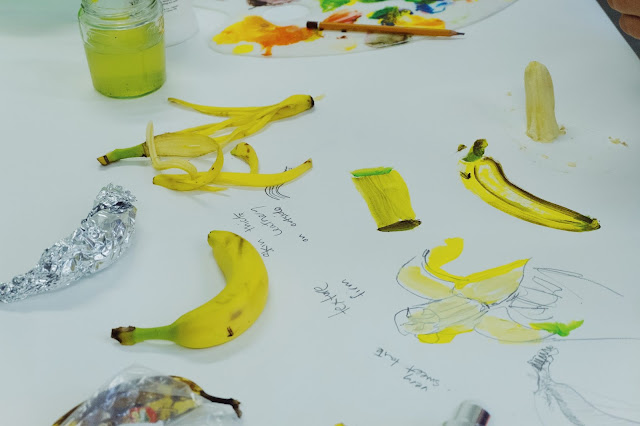Soft Critique (Crit)

During the crit the students listened to the teacher carefully and took notes What is a soft crit? A soft crit is a discussion during which the creator shares their project, and then others ask about the purpose of the project. The audience inquire about the process of creation, which helps the creators re-organize their design concepts, and promotes the further development as a result. What’s the difference between the crit and the traditional presentation? The crit, to a great degree, is distinguished from the a traditional presentation by showing all your personal thinking (even it is unfinished). The audience is expected to offer relevant suggestions depending on their own experiences or feedback through a friendly and open conversation. Thus, you can get abundant and diverse ideas instead of being taught by your tutor directly. It is definitively unlimited! Before the crit The repetition and iteration will go on with refining ideas by “ p...




